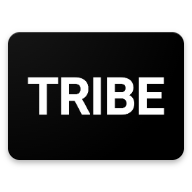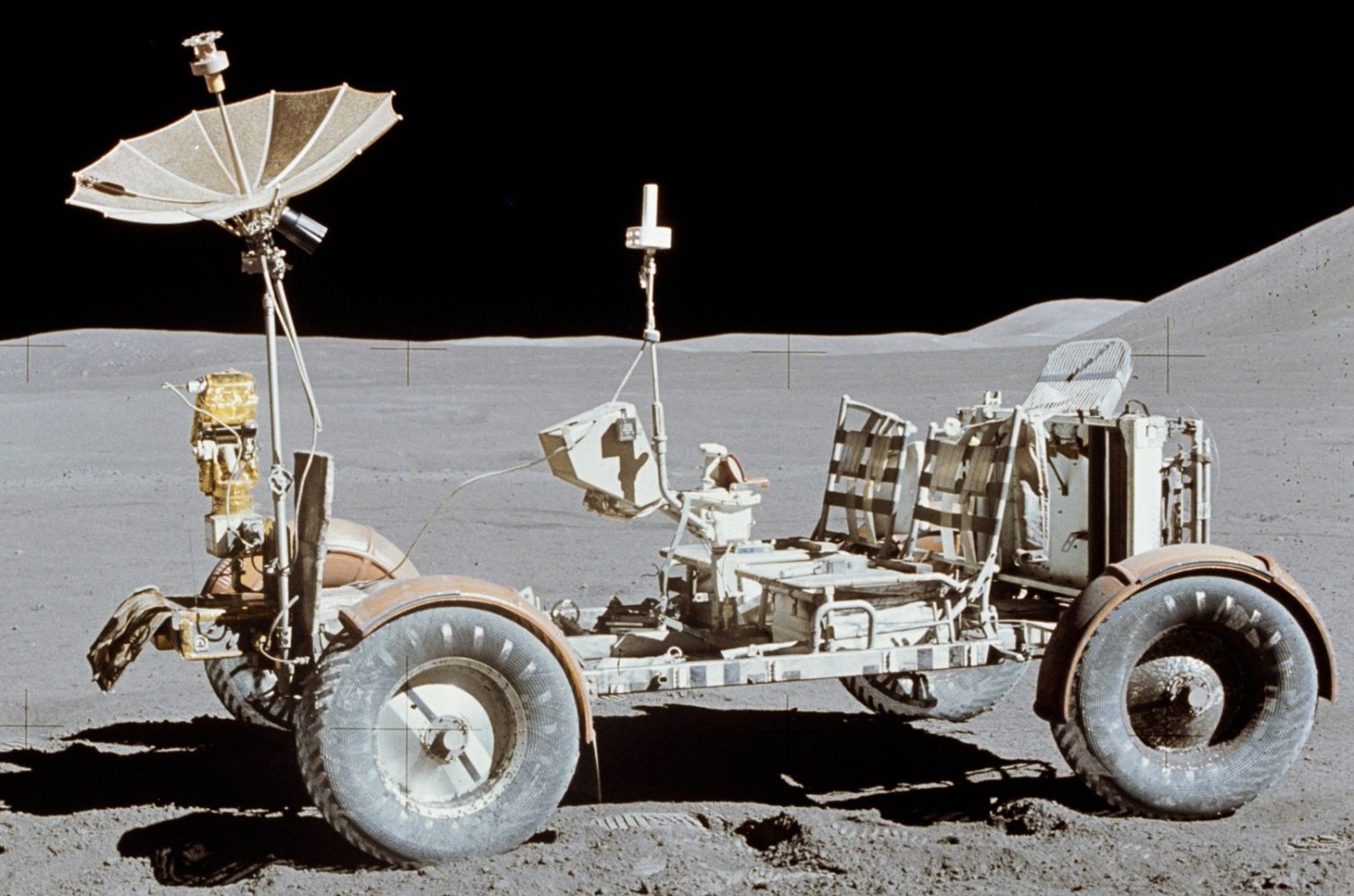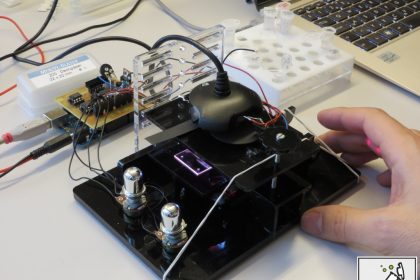The space agency’s Spinoff project displays the countless everyday technologies that were spurred by space-related research.
The Apollo Lunar Roving Vehicle—an early electric vehiclePhotograph: NASA
Many people see space exploration as a waste of resources. Of course, there is the counterargument that scientific discoveries have intrinsic cultural value, that space-related initiatives often boost international cooperation, or that the space sector has crucial technological and economic importance.
But the most effective argument might simply be to point to the plethora of everyday items that would not exist without space research. NASA Spinoff—a section of the US space agency’s technology transfer program—compiles just about every commercial technology that has originated in US space research. It reveals that no space program has had a greater impact on everyday life than the Apollo lunar missions.
Photograph: Dan Kitwood/Getty Images
Food safetyTo ensure the safety of food for astronauts, NASA from the early 1960s collaborated with the company Pillsbury, perhaps best known for its baking supplies and baked goods.
Thus was born the Hazard Analysis and Critical Control Points (HACCP) system for monitoring the entire food-production process and keeping food safe from contamination. This system, initially used on space missions only, was later adopted in the US food industry, and in the 1970s came to Europe.
Photograph: Heritage Images/Getty Images
Isothermal blanketsWhat looks like tinfoil wrapping some components of the Apollo vehicles were “space blankets”: multilayered reflective insulators made of lightweight mylar, a type of resilient plastic film. This technology was then applied to products back on Earth that required insulating properties, like firefighting equipment, thermal clothing, and isothermal emergency blankets.
Photograph: Bettmann Archive
Earthquake-resistant technologiesThe Saturn V, one of the most powerful rockets ever launched, caused the surrounding ground and buildings to vibrate during liftoff, leading NASA to contract a company to develop technology that would dampen the vibration of the launch pad. Today, that technology is used in many buildings, bridges, and structures around the world to protect them from earthquakes.
Photograph: Cstokesrees/WikiMedia CC
Rechargeable hearing aidsNASA wanted to use rechargeable silver and zinc batteries aboard its lunar command module, and so invested a lot of time into researching the technology. This recharging system did not ultimately fly into space, but the know-how gathered in studying this technology led to its practical use in hearing aids. In 2013, the first rechargeable hearing aids arrived—prior to this, they had used disposable batteries that had to be replaced.
Photograph: NASA
Fire retardant reinforcementsThe company Avco developed the heat shield for the Apollo missions, made of a material that can dissipate energy during reentry to Earth. The same material is used for fire-retarding paints, airplane covers, and some steel covers that reduce the spread of fires in buildings.
Photograph: Hulton Archive/Getty Images
Wireless vacuum cleanersA small portable drill was needed to collect moon rocks, and NASA turned the task over to toolmaking company Black & Decker, which then found a way to optimize the design and motor while minimizing electrical consumption. From there came one of the first cordless vacuum cleaners, the DustBuster.
Photograph: Bettmann Archive
Freeze dryingThe Apollo astronauts obviously needed to eat, which meant storing food safely for long periods; in the lunar missions, space food immediately became an area of research. The freeze-drying technique, known as lyophilization, had already been invented by Nestlé a few years earlier, but in the space field this technique was improved and optimized.
Photograph: NASA/Johnson Space Center
VelcroThe technology that allows shoes to be closed without laces had already been invented in Switzerland in the 1940s, but it experienced great development in space—both on the Apollo missions and later on the International Space Station—to prevent objects from floating away in microgravity conditions.
Photograph: Andreas Rentz/Getty Images
Photovoltaic cellsThe very first NASA satellites had solar cells, such as the Vanguard in the late 1950s, but the Apollo program gave a very strong push for solar cells to be used more widely. Operations in space needed power, with devices that were miniaturized and took advantage of sunlight.
Photograph: NASA
Wireless headphonesWireless headsets were first used in the Apollo and Mercury programs. These allowed astronauts to have their hands free and for their movement not be constrained by the headset cable. Today, wireless devices dominate the consumer headphone market.
This story originally appeared on WIRED Italia and has been translated from Italian.
Luca Nardi is an astrophysicist and science communicator covering the planetary sciences, astronomy, and space exploration. He is the author of several books, including Giganti Ghiacciati, the first book in Italian dedicated to Uranus and Neptune.












